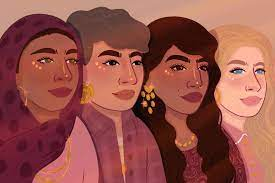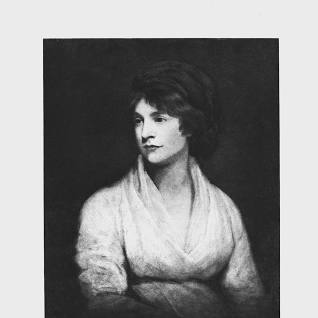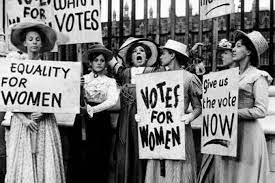Definition: the advocacy of women’s rights on the basis of the equality of the sexes.
In summary, feminism is about all genders having equal rights and opportunities. It’s also about respecting diverse women’s experiences, identities, knowledge and strengths, and striving to empower all women to realise their full rights.

Feminist political activists campaign in areas such as reproductive rights, domestic violence, fairness, social justice, and workplace issues such as family medical leave, equal pay, and sexual harassment and discrimination.
History of feminist movements
There have always been women who fought back against patriarchal cultures. However, the term Feminism as we know it is a fairly new concept. Mary Wollstonecraft published “A Vindication of the Rights of Women” in 1792, and while she’s considered a feminist icon today, that term wasn’t applied in her time. The term became more well-known in the 1890s in Great Britain and America.

First wave
The First wave movement was closely tied with abolitionist movements and focused on suffrage. This included events such as the Seneca Falls Convention. Around the world, women’s rights slowly began to change noticeably in areas such as a women’s right to vote.

When countries around the world changed the laws allowing women to vote:
New Zealand – 1893
The US – 1920
Great Britain – 1928.
Second wave
The second wave began in the 1960s. It was connected with the anti-war and Civil Rights movements. Reproductive rights and issues related to sexuality also became more prominent. Feminism became more intellectually diverse and complex during these years. Capitalism, the role of women, sexuality, and gender were all discussed as feminist movements around the world became less elitist and more inclusive than during the first wave.
Justine Kurland
Justine Kurland is an American photographer who’s views on this topic were made very clear. In one of her books, SCUMB Manifesto, Kurland took books by male photographers from her own library, cut them up, and rearranged the pieces into individual collages. Her aim was to metaphorically carve out a historical space for women throughout the history of the medium, and build a new lineage of work by women that undercuts the patriarchal influence of the straight white man over photographic history.

